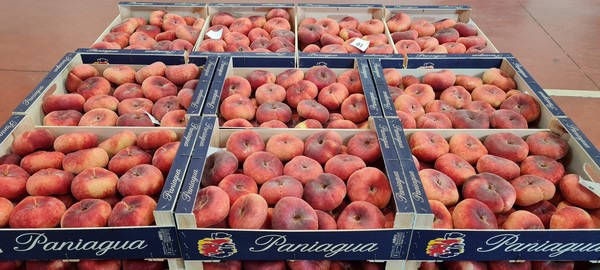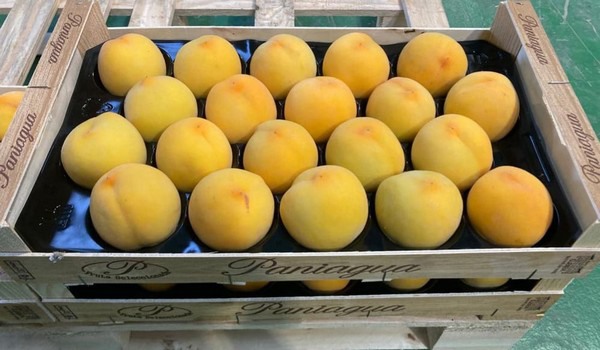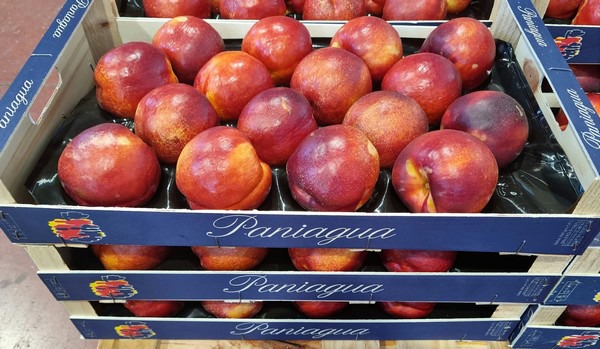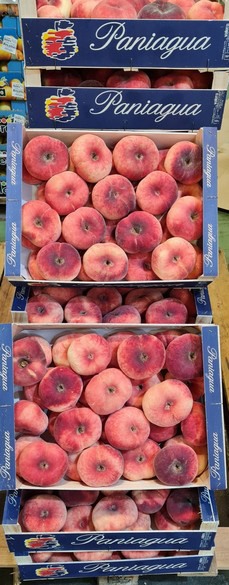The stone fruit production in the Spanish region of Aragon is back to its full potential this year after the frosts of 2022 and 2021, even though the spring weather conditions have also taken their toll on the campaign and had an impact on fruit sizes.

"The season in the south of the province of Huesca, which is where I work, has been quite challenging in this regard, because the sizes of these first varieties are small. We all think this is a consequence of the cold at the end of March, which delayed the flowering by about a week, and the harvest also kicked off a week early, so the fruit has actually spent 15 days less on the tree and that is very noticeable in the sizes we are harvesting," says Jesús Paniagua.

"In fact, almost every peach, nectarine and flat peach being harvested is a B or a C; there are some A-calibers, but very little AA and AAA, which are the ones sought by the Italian market, which is the one where I'm mostly working, thanks to the partnership I have with the Florence company Anchise Paoli."
"We could have a very good season, but we have this problem," says Jesús, "because France is not having much production, and the harvest in Italy has been greatly reduced by the floods. Besides, the fruit that is left has a shorter shelf life - as is also happening with the fruit from Murcia - and in both countries the calibers available are small."

"Now we can only hope that the varieties that will be harvested in a week or 15 days, from July onwards, will grow to larger sizes and that there will be more diversity in the supply, because there are very big differences in the prices, comparing what's available and what the market is looking for."

"Right now, the market price for B calibers stands at 90 cents per kilo; A caliber fruit is selling at 1.10-1.20 Euro; AA fruit ranges between 1.50 and 1.70 Euro per kilo, and AAA caliber fruit is selling at 1.80-2.00 Euro."
"The C calibers, and even some B, are being used for juice production; however, the problem is that there is a lack of fruit with the characteristics required by the market, as between 70 and 80% of the fruit falls below the AA and AAA calibers."
"For now, sales have been rather calm, but little by little, customers will simply have to accept that this is the fruit that is available this year," said Jesús.
For more information:
Jesús Paniagua
41330 Los Rosales, Seville, Spain
Tel.: +34 609 58 47 33
